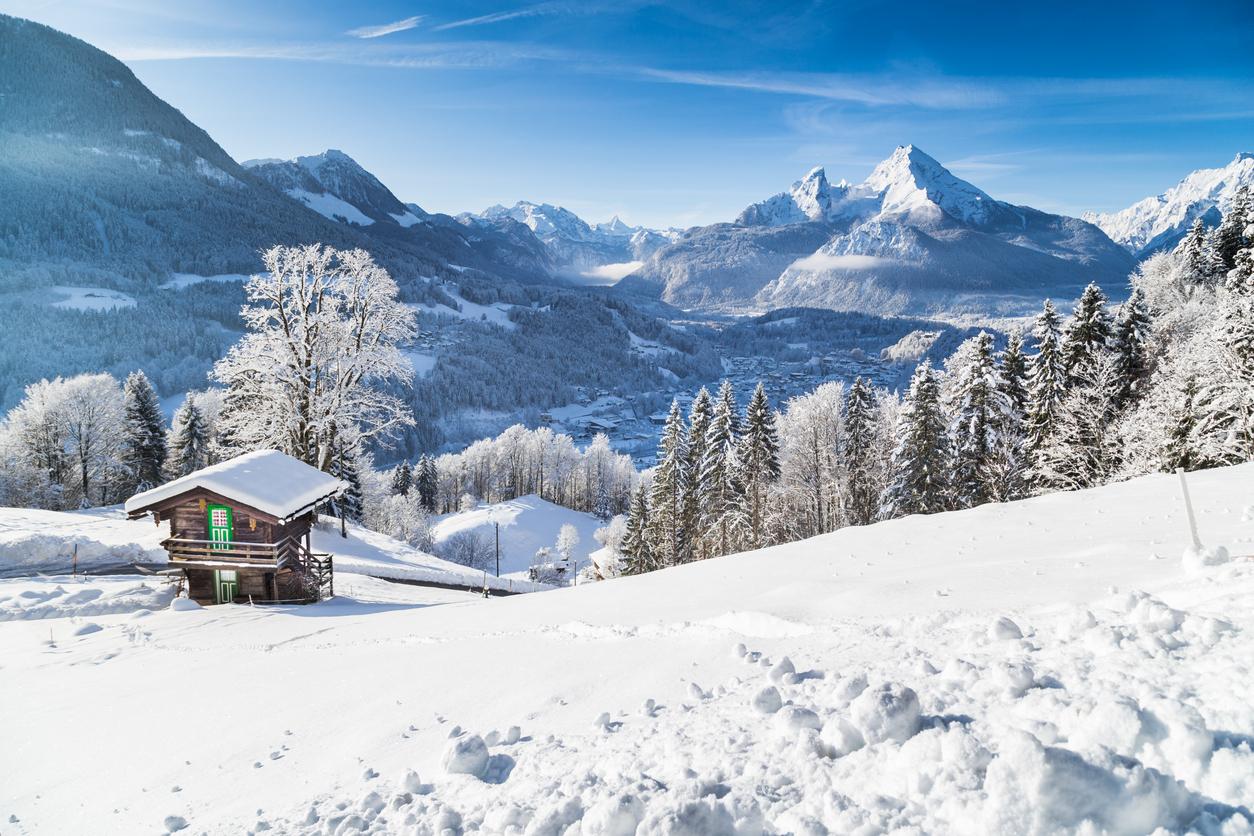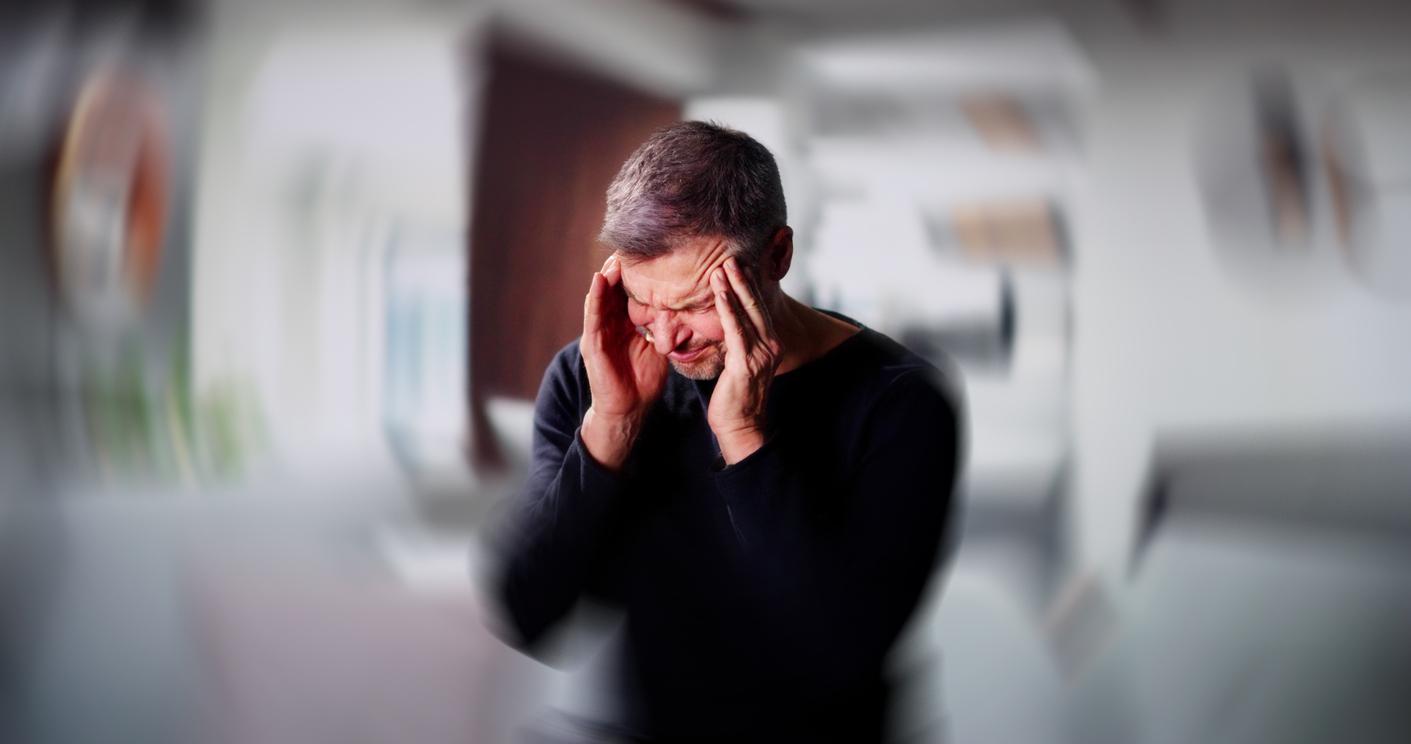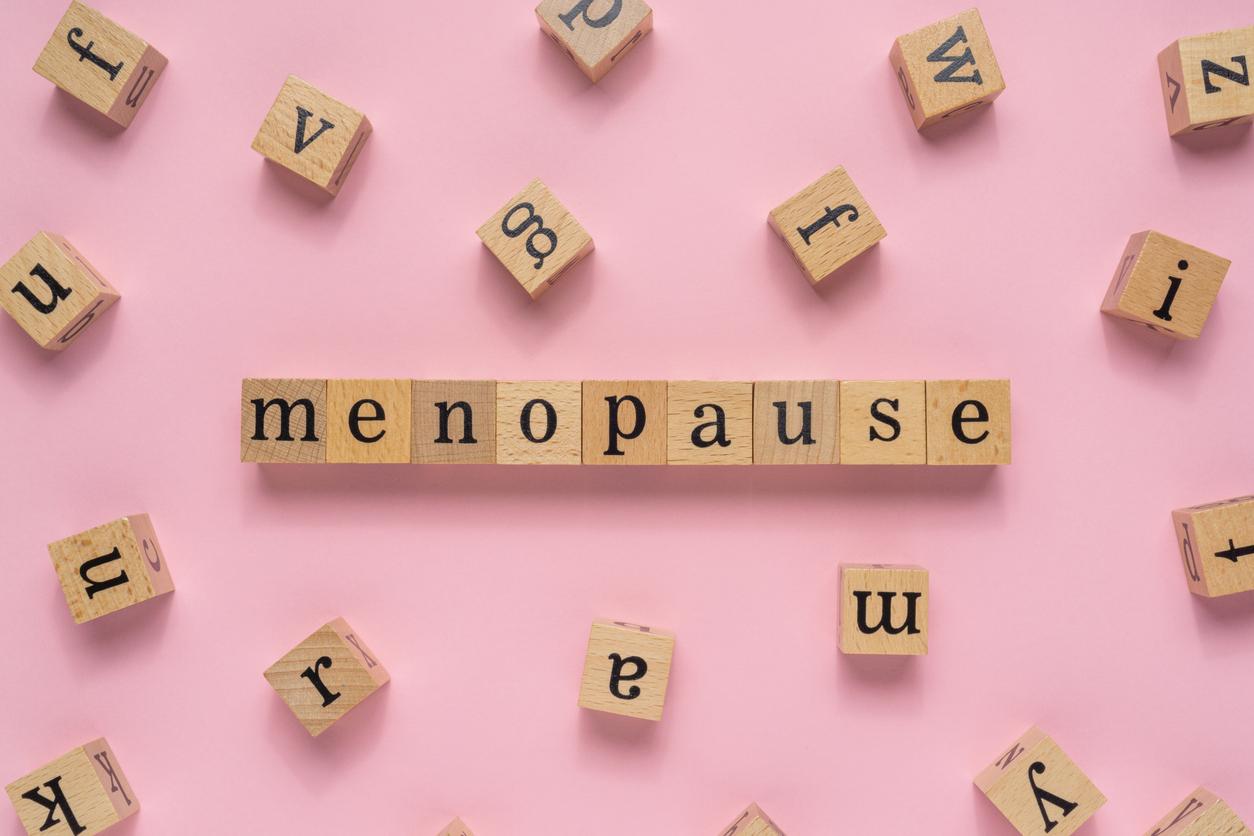Ihen it is exposed to high temperatures such as those we are experiencing at the moment, the human body activates thermoregulation mechanisms to compensate for this increase in external temperature (perspiration, increase in blood flow in the skin by dilation of blood vessels skin…). But sometimes, these mechanisms are overwhelmed and heat-related symptoms appear: headaches, nausea, muscle cramps, dehydration. These symptoms should not be taken lightly. The most serious risk is heatstroke, as it can lead to death.
What to do in case of muscle cramps?
Muscle cramps appear in the arms, legs but also in the abdomen. They occur especially if you sweat a lot (especially if you do physical activities in the heat).
- Cease all activity and rest in a cool place. And do not engage in any physically demanding activity for several hours.
- Drink refreshing and hydrating drinks or an energy drink diluted with water. And see a doctor if the cramps last.
What to do in case of dizziness?
Exhaustion, weakness or dizziness are symptoms that often occur after several days of intense heat or a heat wave, especially in older people. These signs of fatigue may also be accompanied by unusual insomnia.
- Try to cool the place where you live as much as possible: keep the windows, blinds and shutters closed during the hours of sunshine and ventilate the rooms as soon as you feel a decrease in temperatures (as well as at night).
- Avoid using electrical appliances that can give off heat in order to limit the internal energy supply. An electric fan, on the other hand, can keep you feeling cool, especially if you remember to moisten your skin regularly.
- Drink water, fruit juice or a sports drink diluted with water.
What to do in case of sunstroke or heat stroke?
Sunstroke is linked to the direct effect of the sun on the head and is favored by heat: it causes violent headaches, nausea, fever and sometimes loss of consciousness. Heat stroke is a medical emergency that can be fatal if rapid treatment is not administered: the skin is red and hot, the body temperature can reach or exceed 40°C because the body is no longer able to regulate its temperature. You may also lose consciousness or have convulsions.
- In case of sunstroke, place the person in the shade and spray them with cold water or give them a cool (but not too cold) shower or bath. Call the doctor or 15 if the person suffers from impaired consciousness.
- In the event of heatstroke, seek medical assistance as soon as possible by dialing 15. In the meantime, carry out the same cooling maneuvers as for sunstroke.
Read also :
- Heat wave: how to protect baby from heat stroke?
- Infographic: real and false good ideas in the face of the heat wave
- Heatwave: what to eat and drink when it’s (very) hot?
- How to manage to sleep when it is (very) hot?
















